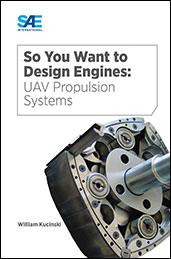Technical Paper
Opportunities, Challenges and Requirements for Use of Blockchain in Unmanned Aircraft Systems
2023-09-05
2023-01-1504
Unmanned Aircraft Systems (UAS) have been growing over the past few years and will continue to grow at a faster pace in future. UAS faces many challenges in certification, airspace management, operations, supply chain, and maintenance. Blockchain, defined as a distributed ledger technology for the enterprise that features immutability, traceability, automation, data privacy, and security, can help address some of these challenges. However, blockchain also has certain challenges and is still evolving. Hence it is essential to study on how blockchain can help UAS. G-31 technical committee of SAE International responsible for electronic transactions for aerospace has published AIR 7356 [1] entitled Opportunities, Challenges and Requirements for use of Blockchain in Unmanned Aircraft Systems Operating below 400ft above ground level for Commercial Use. This paper is a teaser for AIR 7356 [1] document.











